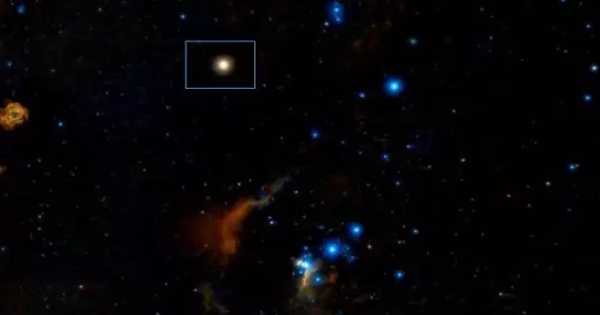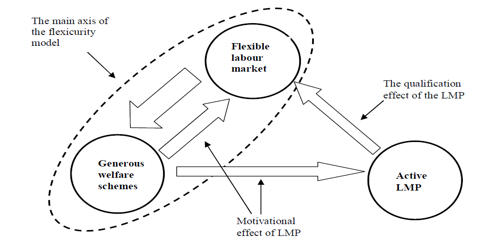Scientists at Tokyo Tech claim that a newly developed foldable phased-array transmitter can help make satellites lighter, smaller, and more affordable to launch. The transmitter has flexible creases that provide it flexibility and deployability. It is comprised of layered layers of liquid crystal polymer. With the new layout, private businesses and startups may have easier access to space technology research and development.
There has been a recent shift in the space industry towards what is now called the “new-space era.” The phrase alludes to the fact that private businesses and startups interested in researching and utilizing space technology are now actively competing with government organizations like NASA for dominance in space.
While this opens up a large ocean of opportunities for telecommunications, research, and exploration in space, launching satellites is still an expensive endeavor.
In general, low earth orbit (LEO) satellites are both low cost and low latency. The trade-off between making satellites compact and obtaining a big antenna aperture for greater performance is brought about by the weighty nature of present antenna designs for LEO satellites.
These problems greatly raise the cost of launches and are seen as important obstacles in the new space age.
Against this backdrop, a team of scientists led by Associate Professor Atsushi Shirane from Tokyo Institute of Technology (Tokyo Tech) in Japan has developed a deployable foldable transmitter for small LEO satellites operating in the Ka band.
In a deployable phased-array mounted onto a satellite, the calibration of a mechanically deformed phased-array plane geometry is an inevitable process. In the present design, by controlling each phase of antenna element independently, the proposed transmitter could work properly at bending angles ranging from −10° to 20°.
Professor Atsushi Shirane
They could open the path for smaller and lighter satellites without sacrificing their transmission capability. Their ground-breaking design and configuration were presented at the International Microwave Symposium 2023 and published in the IEEE Microwave and Wireless Technology Letters.
A creative stacking of liquid crystal polymer (LCP) layers to produce foldable creases without interfering with electrical connections is the secret to this innovative design, which comprises of a 64-element active phased-array transmitter.
The patch antennas and circuit parts were placed in locations that required six layers, but the creases only required two layers. This made the phase array foldable without causing any damage to the circuit lines.
Notably, the team had to take into account the transmitter’s changeable folding angle in order to enable proper phased-array operation.
“In a deployable phased-array mounted onto a satellite, the calibration of a mechanically deformed phased-array plane geometry is an inevitable process,” explains Dr. Shirane. “In the present design, by controlling each phase of antenna element independently, the proposed transmitter could work properly at bending angles ranging from −10° to 20°.”
The corresponding beam pattern measurements are shown in Figure 2.
Additionally, the size and location of the antenna patches had to be somewhat altered in order to compensate for the asymmetries caused by the creases, which influence the antenna patches nearest to them.
After extensive testing, they revealed that their extremely lightweight antenna had a high isotropic radiated power of 46.7 dBm.
“With the flexible hetero-segment LCP board, the proposed phased-array transmitter weighed only 9.65 g with 64 antenna elements, which is superior to a rigid state-of-the-art transmitter that weighs 33.64 g with 16 elements,” says Dr. Shirane.
















